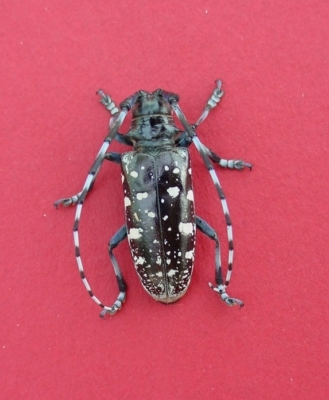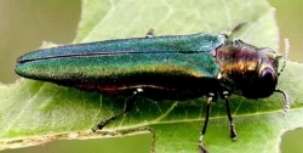**Updated September 20, 2018**
USDA Animal and Plant Health Inspection Service (AHPIS) sent out a bulletin on 09/18/2018 regarding their proposed removal of domestic quarantine regulations for the emerald ash borer (EAB) and they are currently looking for input. See information that came from USDA AHPIS below. Information can also be viewed by clicking here.
APHIS is proposing to remove the domestic quarantine regulations for the emerald ash borer (EAB). Eliminating this regulation is in keeping with USDA’s goal of reducing regulations that have outlived their usefulness. The proposal would end APHIS’ domestic regulatory activities, which includes actions such as issuing permits, certificates and compliance agreements, making site visits, and conducting investigations of suspected violations, and instead direct all available resources toward managing the pest. APHIS remains committed to controlling this invasive pest and wants to conduct more research and release a greater number of biological control agents—tiny stingless wasps that are natural predators of the EAB—since biocontrol has shown the most promise for stopping EAB’s spread.
We would like input on the proposal from you. Your participation in this process is valuable.
The proposed rule is available in the Federal Register and open for comment through November 19, 2018. APHIS will review all comments received during the comment period. If APHIS receives no new information significant enough to alter the proposal, APHIS will announce the final regulatory decision. The text of the final rule and discussion of the comments will be published in the Federal Register. Comments regarding the proposed rule for deregulation may be submitted by either of the following methods:
1. Federal eRulemaking Portal: Go to http://www.regulations.gov/#!docketDetail;D=APHIS-2017-0056.
2. Postal Mail/Commercial Delivery: Send your comment to Docket No. APHIS-2017-0056, Regulatory Analysis and Development, PPD, APHIS, Station 3A-03.8, 4700 River Road, Unit 118, Riverdale, MD 20737-1238.
Supporting documents and any comments APHIS receives on this docket may be viewed athttp://www.regulations.gov/#!docketDetail;D=APHIS-2017-0056 or in the APHIS reading room, which is located in Room 1141 of the USDA South Building, 14th Street and Independence Avenue SW., Washington, DC. Normal reading room hours are 8 a.m. to 4:30 p.m., Monday through Friday, except holidays. To be sure someone is there to help you, please call (202) 799-7039.
We look forward to continued collaboration with you and if you have questions about the proposed regulatory change for EAB, please feel free to contact the National Policy Manager Robyn Rose at 301-851-2283 or robyn.i.rose@aphis.usda.gov.






